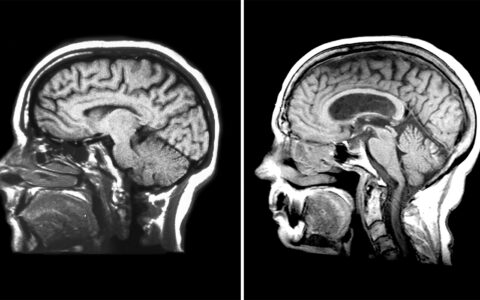Since 2010, when the MOMS (Management of Myelomeningocele Study) trial was terminated, a multidisciplinary team at Vanderbilt University Medical Center has continued work to improve the surgery along three concurrent paths: further analysis and interpretation of the MOMS data, refinement of the surgical technique, and training other centers in the procedure.
In the 75th Anniversary issue of the Journal of Neurosurgery (JNS): Pediatrics, Jay Wellons, M.D., Chief of Pediatric Neurosurgery at Monroe Carell Jr. Children’s Hospital at Vanderbilt, reviewed the state of fetal surgery for spina bifida.
“Intrauterine surgery for spina bifida has been a quarter-century journey,” Wellons said. “MOMS proved its effectiveness, but our goal for the patient receiving a prenatal diagnosis of spina bifida should be the elimination of hydrocephalus, normalization of neurological function, term delivery for the infant, and the ability of the mother to return to a normal risk for subsequent pregnancy. We’ve made great progress, but we’re not there yet.”
“Our goal should be the elimination of hydrocephalus, normalization of neurological function, term delivery for the infant, and the ability of the mother to return to a normal risk for subsequent pregnancy.”
A New Look at the Data
Since publication of the trial results, several analyses have been conducted on the MOMS cohort to ascertain the influence of fMMR (fetal myelomeningocele repair) on hydrocephalus, motor function, urologic and maternal outcomes.
“We knew the main outcomes of MOMS: infants with fetal surgery were shunted less frequently and psychomotor function was better, but deliveries were earlier. We wanted to know if there were predictors in the data that could further refine decision making,” Wellons said.
In 2015, the Vanderbilt research team published a study in JNS: Pediatrics using MOMS data to analyze the need for CSF shunting – further evaluating prenatal and postnatal predictors. Among the prenatal infants, ventricular size at the time of the initial evaluation for intrauterine surgery was a significant predictor of need for CSF diversion once the baby was born.
“It was pretty clear that when screening pregnant women for in utero closure, ventricular size at the time of screening predicts whether the child would get the benefit,” Wellons said. “In terms of hydrocephalus, there is little reason to undertake the risk if the ventricles are too large.”
In a 2017 30-month follow-up study of the entire MOMS cohort (183 patients) published in the American Journal of Obstetrics and Gynecology, the data corroborate the original findings of MOMS, confirming that prenatal repair improves motor function, but also independent of ventricular size.
“The combination of these two studies together really allows us to personalize the decision for or against intrauterine surgery,” Wellons said. “Based on ventricular size and level of the spina bifida defect, we can counsel patients about both the benefits and the risks and really make informed recommendations to our patients.”
Reducing Surgical Complications
Vanderbilt researchers have also described improvements in the spinal defect closure technique since the MOMS trial. A team at the Junior League Center for Advanced Maternal Fetal Care, led by Kelly Bennett, M.D., published a paper in JNS: Pediatrics demonstrating that reducing manipulation of uterine membrane and the size of the opening of the uterus, and also using different techniques for sewing the membranes to the wall, resulted in a significant reduction in preterm delivery.
A few centers that received initial training from the Vanderbilt team now perform laparoscopic surgery in the hopes of reducing the risks of subsequent pregnancies. Wellons believes robotic surgery will be the most likely next step in fetal surgery innovation. “The technology for operating inside the uterus is getting better and better. We owe it to our patients to keep expanding the horizons.”





